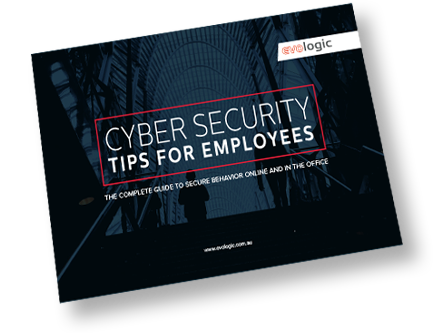You’re familiar with phishing scams? At Evologic, we’ve seen more than our fair share of both sophisticated and clumsy phishing attempts. This is that all over again, only this time, cyber criminals are trying to reel you in on your mobile. As SMS has a whopping open rate of 98%, it was only a matter of time before criminals started targeting mobile devices. Because of this, and the lack of awareness around smishing and mobile security, attempts are currently far more successful than traditional email methods.
What does a smishing attempt look like?
Appearing as an SMS, the message will most likely be from an unnamed sender and random mobile number. Like phishing, smishing attempts prey on their target’s emotions by trying to convey a sense of urgency. If recipients are threatened with physical action such as having their bank accounts frozen or their electricity shut off, they are more likely to succumb to the scam. Smishing messages will invite you to take further action, usually by clicking a provided link.
These phony messages will potentially ask you to:
- Check suspicious or unusual activity on your bank account
- Confirm your credit card information or bank details
- Pay an unpaid invoice or tax bill
- Claim a freebie, monetary amount or prize
- Provide a password for online and social media accounts
- Download an app
How do scammers get my number?
Cyber criminals use any means necessary to make attempts on their intended victims. They will hack company and organisation systems and steal client and customer details or use software to skim mobile listings on the web. Often, their smishing set up will employ robocalling software that generates and targets random mobile numbers with preprogrammed scam attempts.
This SMS looks legitimate. How can I be sure?
Here at Evologic, we have seen several smishing tempts that look legitimate to the untrained eye. Many of these use the names of well-known Australian brands as an attempt to instil trust in the victim. If you’re concerned about your mobile security, make it a rule to never respond to text messages from unknown users, especially if they are threatening or promising something that sounds too good to be true. Another telltale sign is if the attempt was sent at an odd time, like the middle of the night – this is a sure sign it is an automated and untrustworthy message.
How can I report a smishing attempt?
You can report scam and smishing texts to the Australian Communications and Media Authority (ACMA). Simply do this by forwarding the message to ACMA on 0429 999 888. Where possible, they will contact the sender and remind them of their duties under the spam act. If the issue is serious or ongoing, they may investigate.
Need better cyber security? Evologic can help.
Whether you’re a large business or small company, the experts at Evologic can help you put measures in place to better secure your information and protect your organisation. Through managed IT services, software solutions and staff training, we can improve both your cyber and mobile security defences. Please contact the Evologic team who will be more than happy to chat. Message us or call 1300 887 778.


